Activities
Click here for the PDF version of our 2024 Program
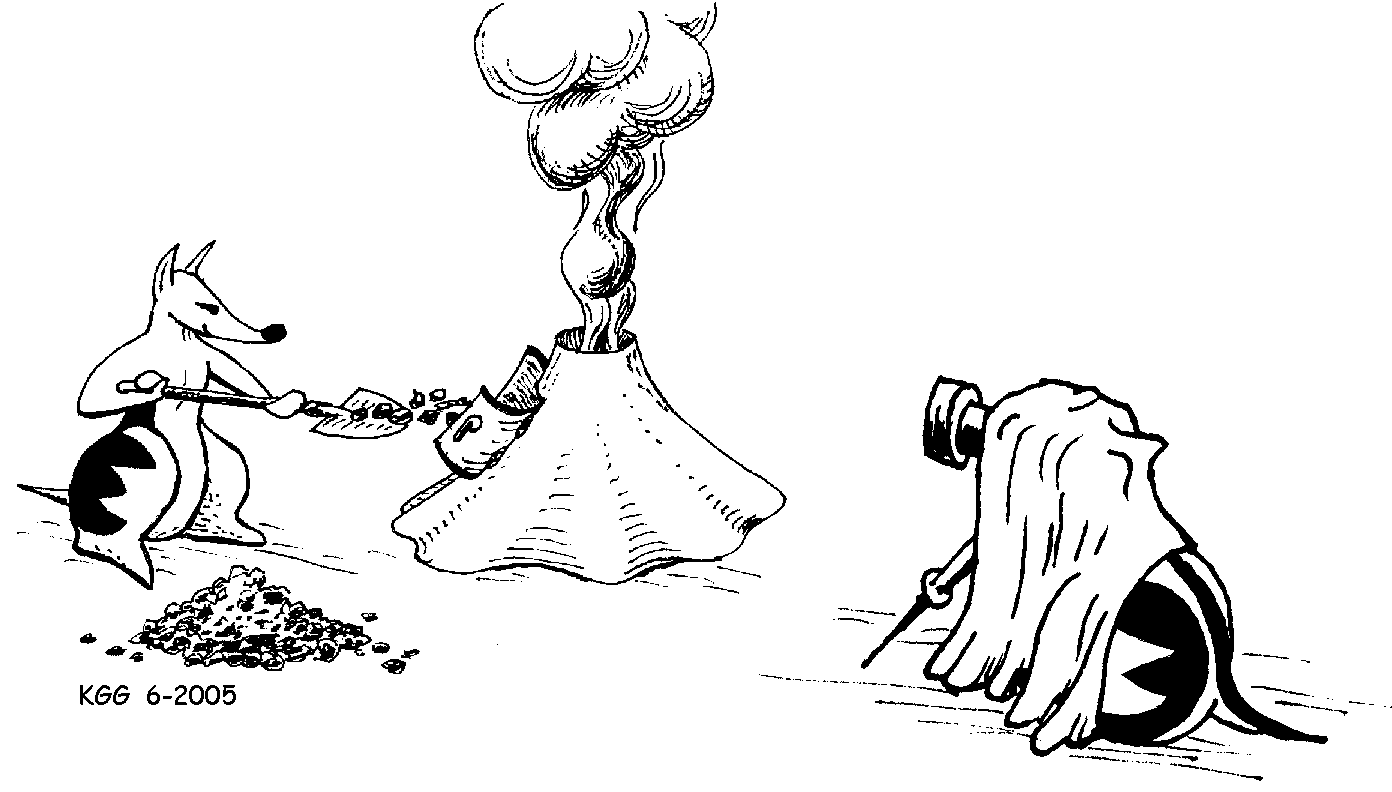
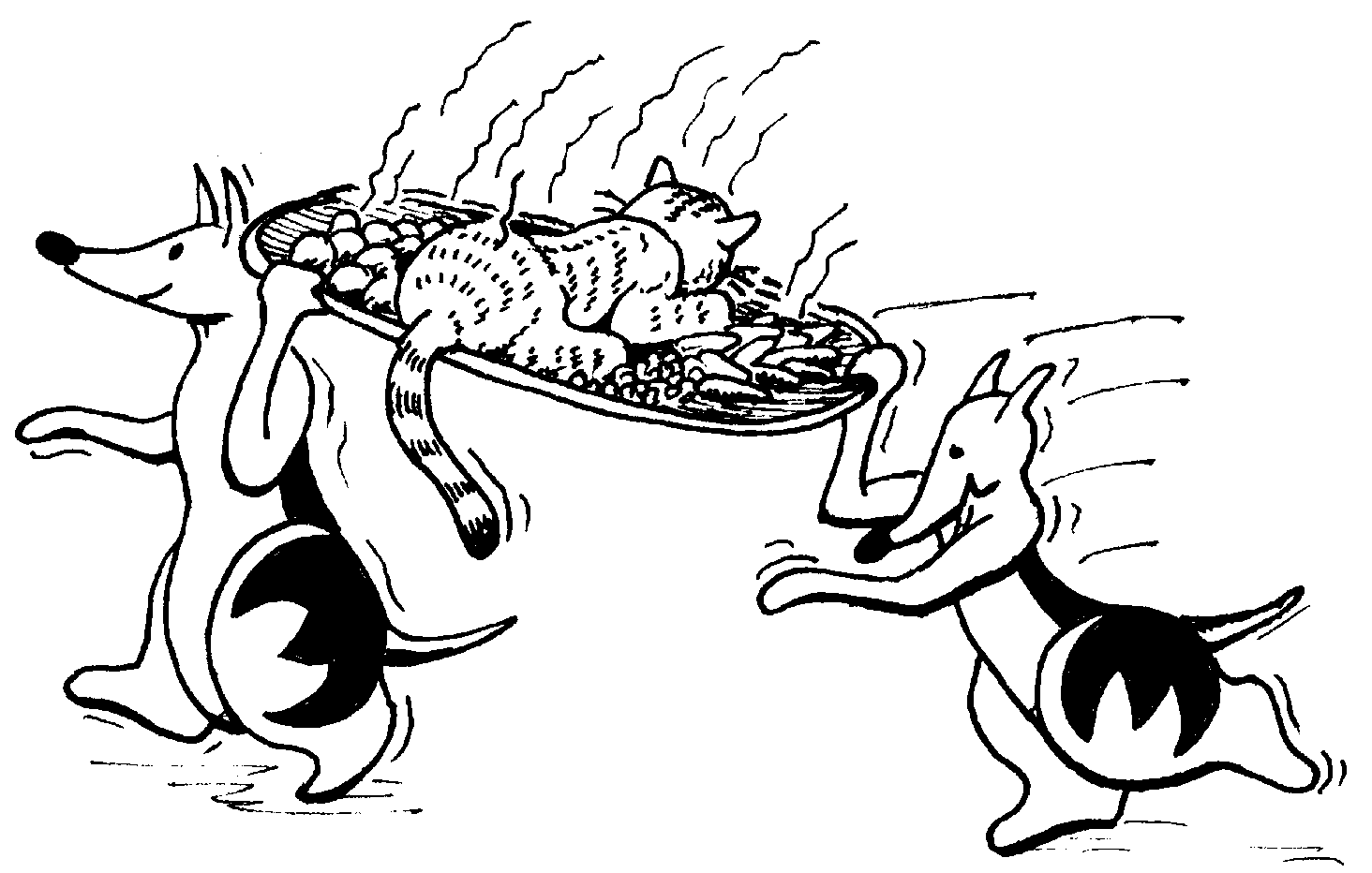
Special Presentations
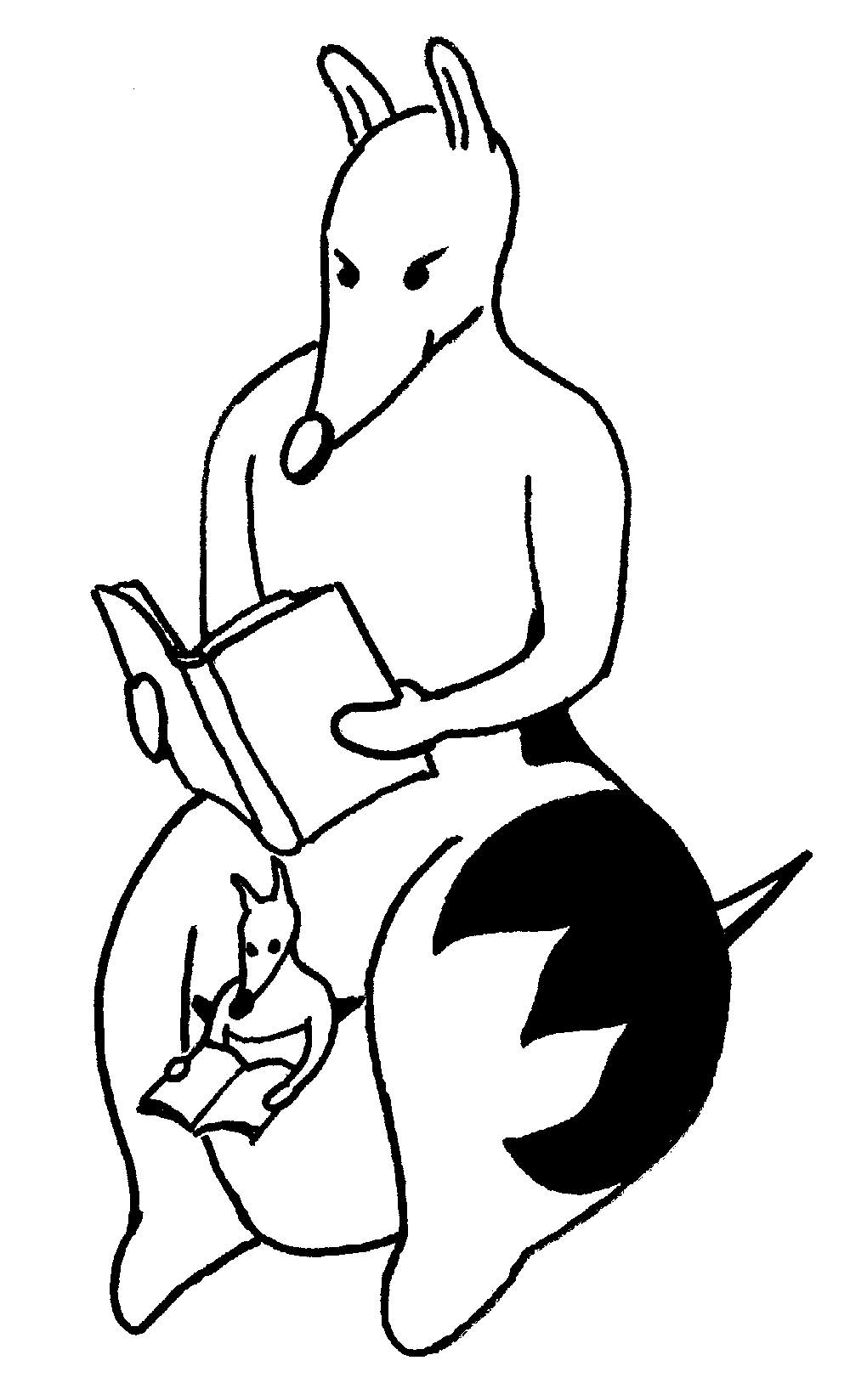
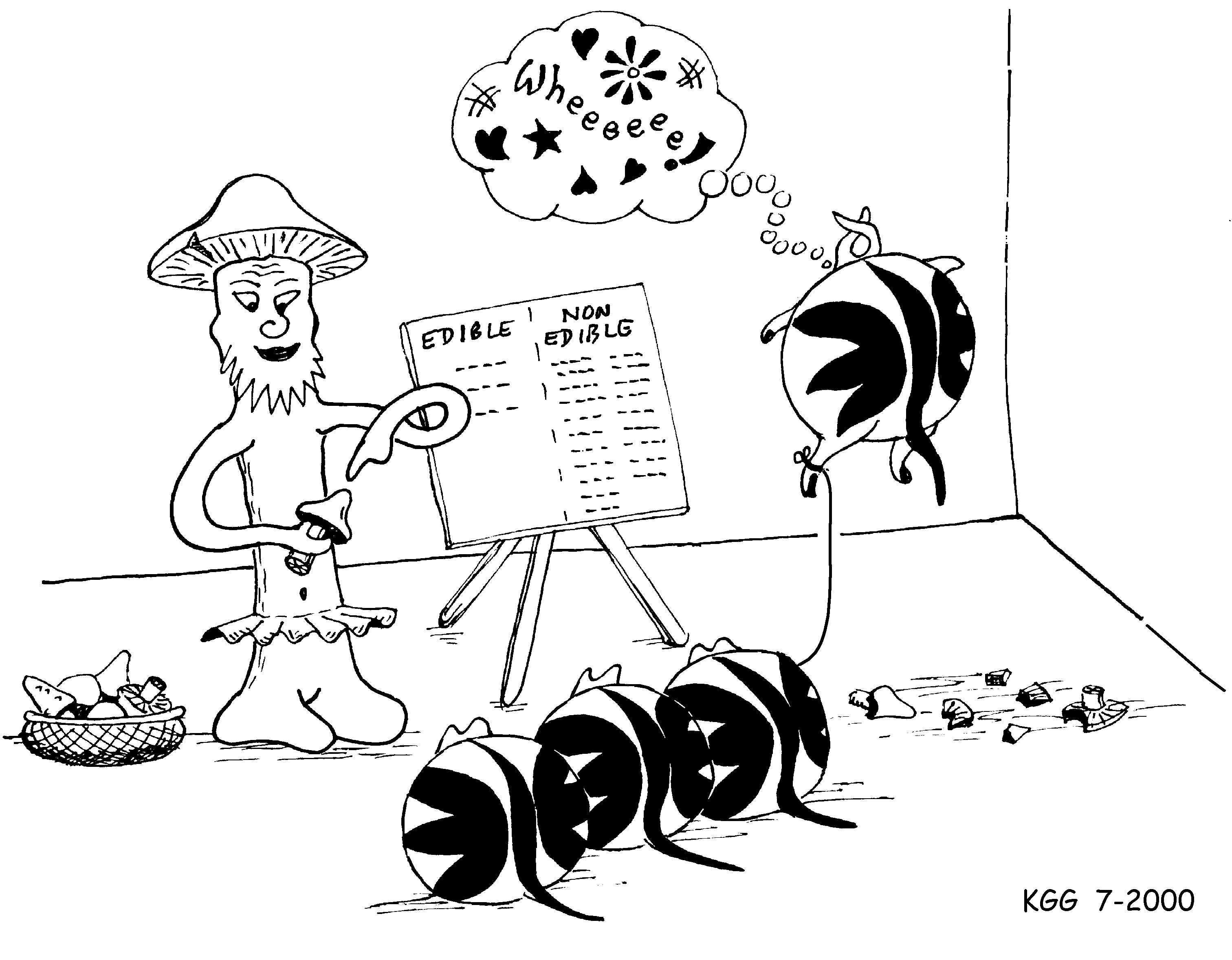

Presentation details
HFNC presents a series of five evening presentations each year on topics of natural history in Australia or overseas.
Except for a call for any interesting observations on nature in the last month, the evening is devoted to the guest speaker and subsequent discussion.
Recent presentation topics have included:
- Fire fuel-reduction regimes & environmental impacts
- Woodland birds and bird surveys
- Australian travel experiences in the outback
Annual Program of presentations
For this year’s presentations see the Activities above.
Or download a PDF version of the years program
Venue
These presentations are held at the Hamilton Institute of Rural Learning (HIRL), 333 North Boundary Rd, Hamilton (adjacent to Pedrina Park).
The evening begins at 7.30 pm.
Our meetings are all open to the public–visitors and non-members are welcome
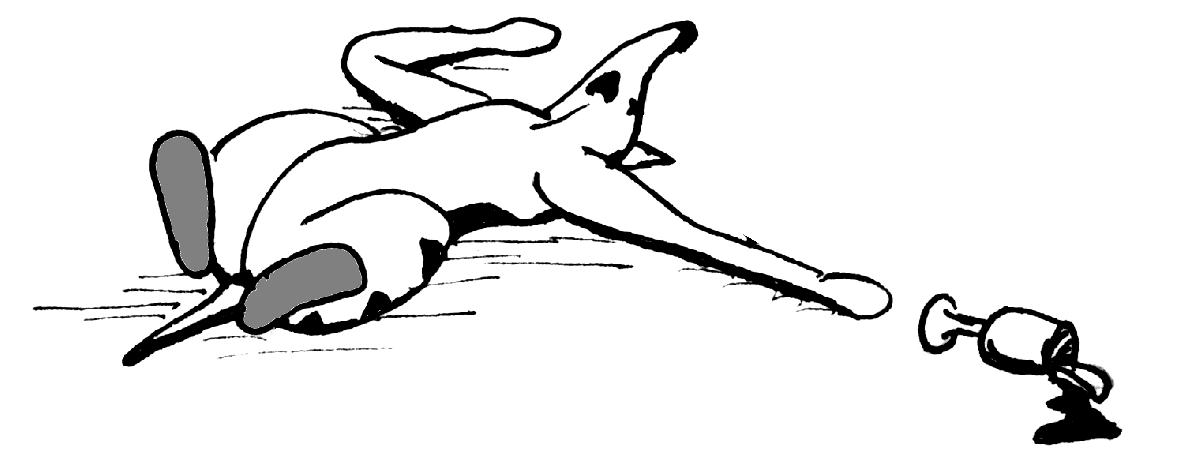
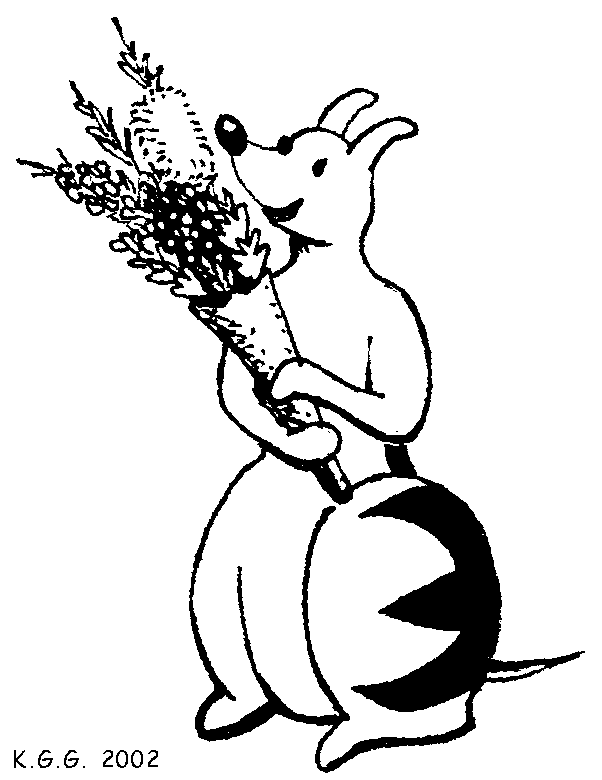
Excursions
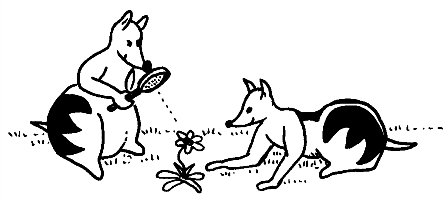 |
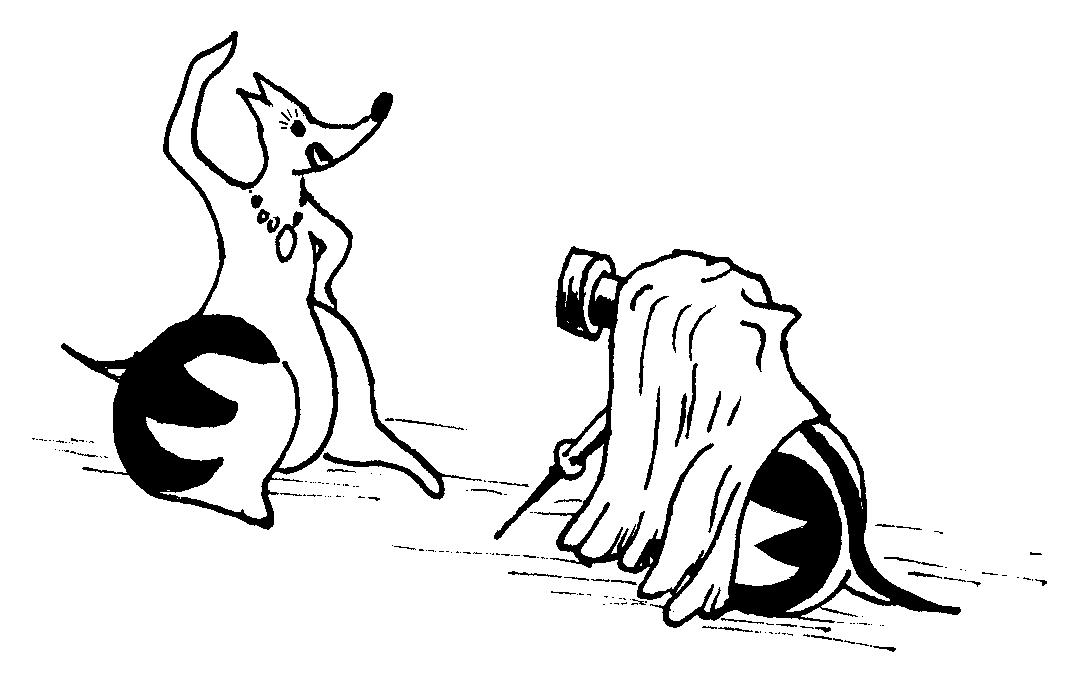 |
General features
Our monthly excursion is usually within an hours drive from Hamilton. Most start at 9 am (leaving from the Hamilton Visitor Information Centre) and continue to mid-afternoon. Some also involve a strenuous hike. We alternate between Saturday & Sunday
In some years we conduct a weekend campout (e.g. canoeing in the Lower Glenelg NP), sometimes at a distant location (e.g. Wyperfeld NP). Members may also go to South East Australia Naturalist Association camps (SEANA) in other parts of Victoria.
Photography, bird-observing, geology and landforms are also catered for on each excursion and club members are happy to help newcomers learn more on their interests.
Wildflowers, grasses, fungi and ferns
Feb-May is a time to look at caves and ferns; May-July has fungi, heath, Greenhoods & Helmet Orchids; Aug-October has native flora in bloom in the heathlands & nearby ranges; Nov-Feb is the time to admire native grassland remnants on our roadsides.
Volcanoes, caves and other landforms
Each year we visit one or more of the volcanic features of the region (scoria cones, lava tubes, lava fields, craters, wetlands, tumuli and waterfalls), limestone karst features near the coast, or sandstone ranges and granite outcrops inland.
Birds
A visit to Lake Linlithgow and 5 or 6 of the wetlands nearby is a fixture each year in February. HFNC began bird surveys there in 1960 and has a comprehensive list of species and numbers, and their variation over the years.
Since 2006, members met at the Grange Wetlands at 8 am each Thursday in the week after the monthly meeting for a walk and survey of bird species and numbers. From March 2012 the venue will change to Lake Hamilton, meeting at the ‘beach’.
Mammals
We occasionally conduct a survey of small mammals in woodlands or forests and the survey sites are visited when an excursion is planned for that area
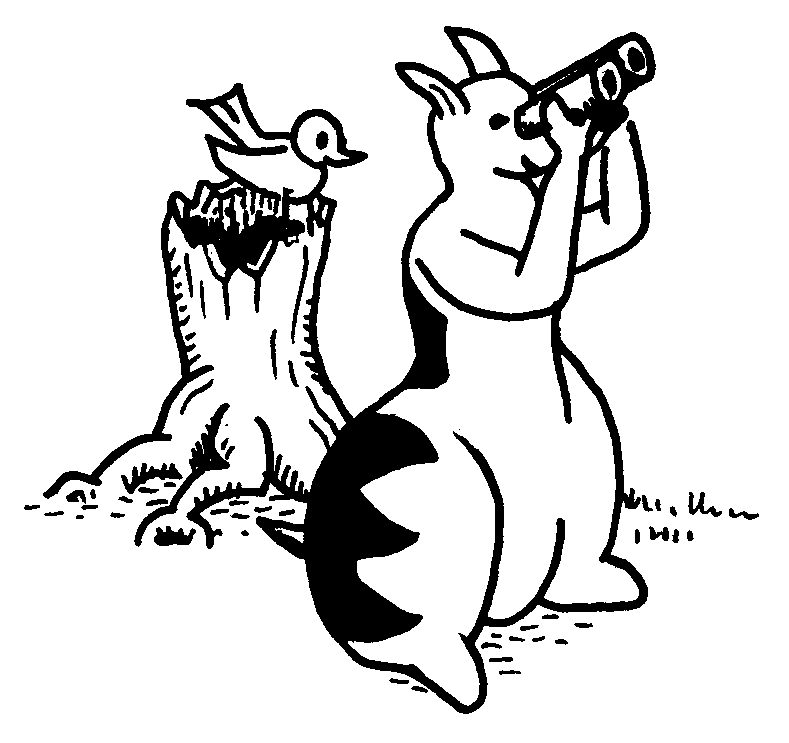
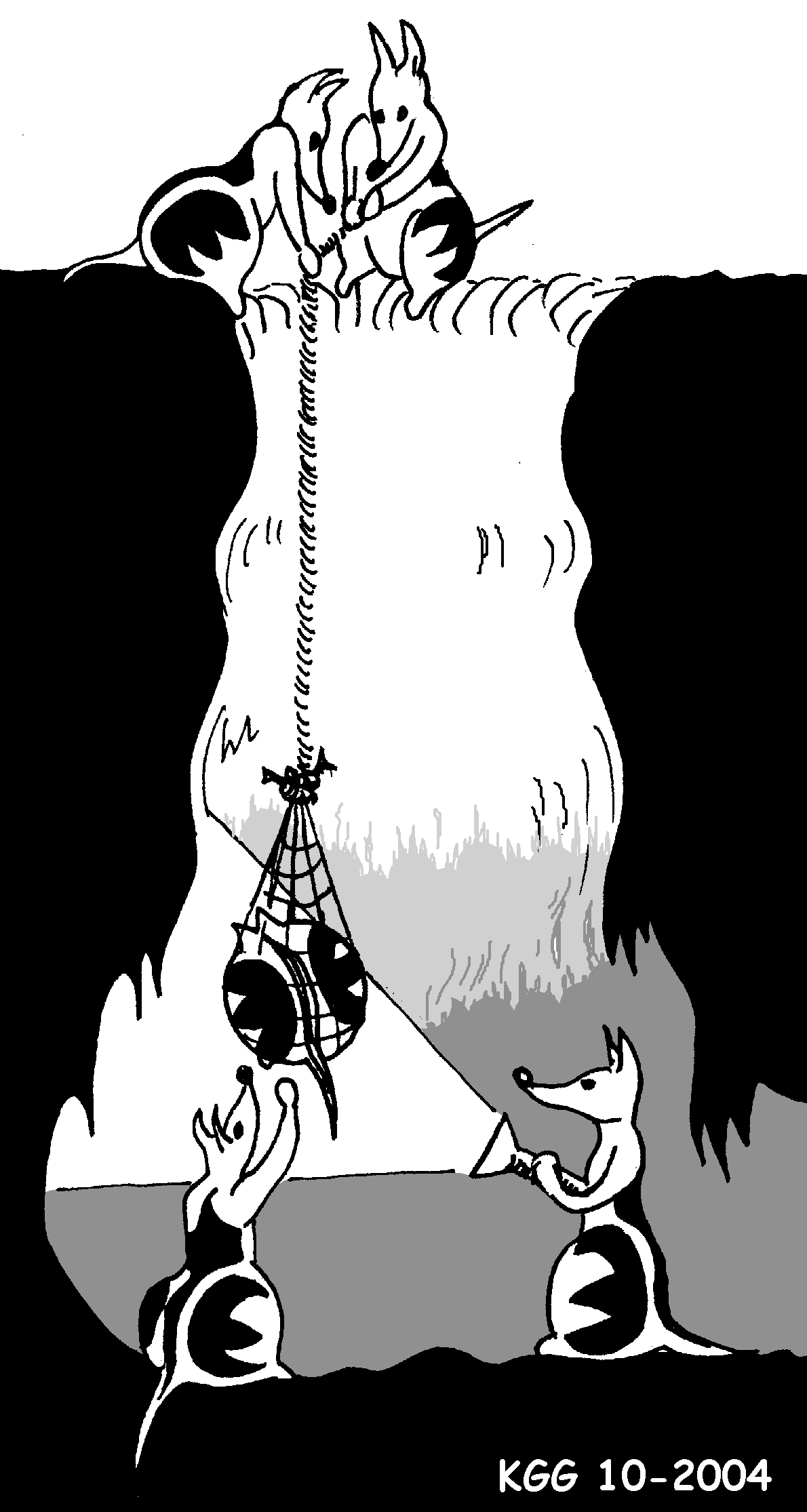
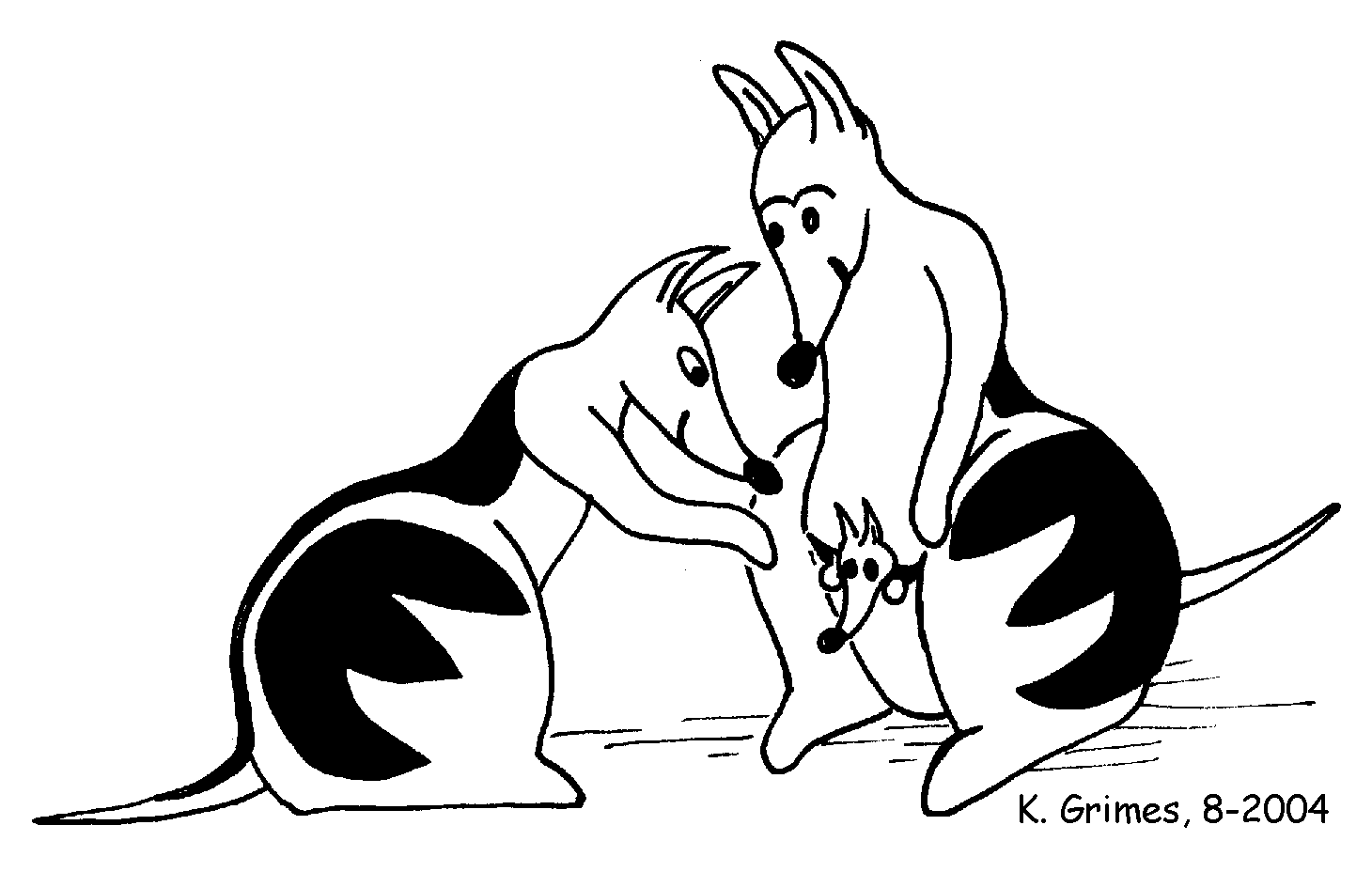
Conservation Activities

Our club has an annual program of conservation activities. The working bees often combine business with pleasure (e.g. weed control at Fulham in spring when the wildflower display peaks.)
Fauna Surveys
We conduct mammal surveys using spot-lighting, hair-tubing and infra-red cameras. Members contribute to DSE monitoring of Bandicoots at Hamilton Parklands, Brolga & other birds on local wetlands, shorebirds near the coast and Red-tailed Black-cockatoos in the far south-west.
Flora Surveys
Lists of flora are noted on most excursions. Formal surveys have been conducted on various public lands, including the Wannon River frontages, Railway Reserves and wetlands.
Revegetation Projects
We use local provenances of indigenous species to re-plant degraded natural areas. e.g.:
- Wannon Falls Scenic Reserve – an old pine plantation area off Morven Rd (1994-1999)
- Lake Linlithgow, on the eastern and northern banks (1975-91 & 2003-05)
- Mt Napier, planting the summit with Manna Gums and Blackwoods (1984-1994)
- Kanawalla Railway Flora Reserve at Hensley Park (2006-08)
Weed Control Projects
The areas that we currently monitor are:
- Fulham Streamside Reserve – two or more days on Harlequin Flower (Sparaxis bulbifera), Cape Tulip, African Weed Orchid and Wild Gladiolus that threaten the wildflower area.
- Nigretta Falls Scenic Reserve & Flora Reserve – Periwinkle, South African Weed Orchid and Wild Gladiolus infestations of this native grassland area.
- Lake Linlithgow & Lake Kennedy – Spiny Rush (Juncus acutus) and Tall Wheatgrass on the foreshore of these wetlands.
- Wannon Falls Scenic Reserve & Flora Reserve – Sparaxis, Freesia and Angled Onion infestations in late spring
- Kanawalla Railway Flora Reserve – estd. in 2005, we removed Pines and Cypress in 2007, revegetated degraded areas and tackle Sparaxis, Oxalis purpurea & Briar each year.
Interpretive Signs
Members use their talents on funded educational projects:
- Signage at Harmans Cave, Mt Napier SP – endangered Southern Bent-wing Bat and ferns.
- Renewal of the Hamilton Parklands Nature Trail signs, dedicated to the late Sue McInnes.
- Native plant identification signs for native grassland/grassy woodlands in 4 small reserves.
- A banner ‘Cats and native wildlife – how you can protect both’.

